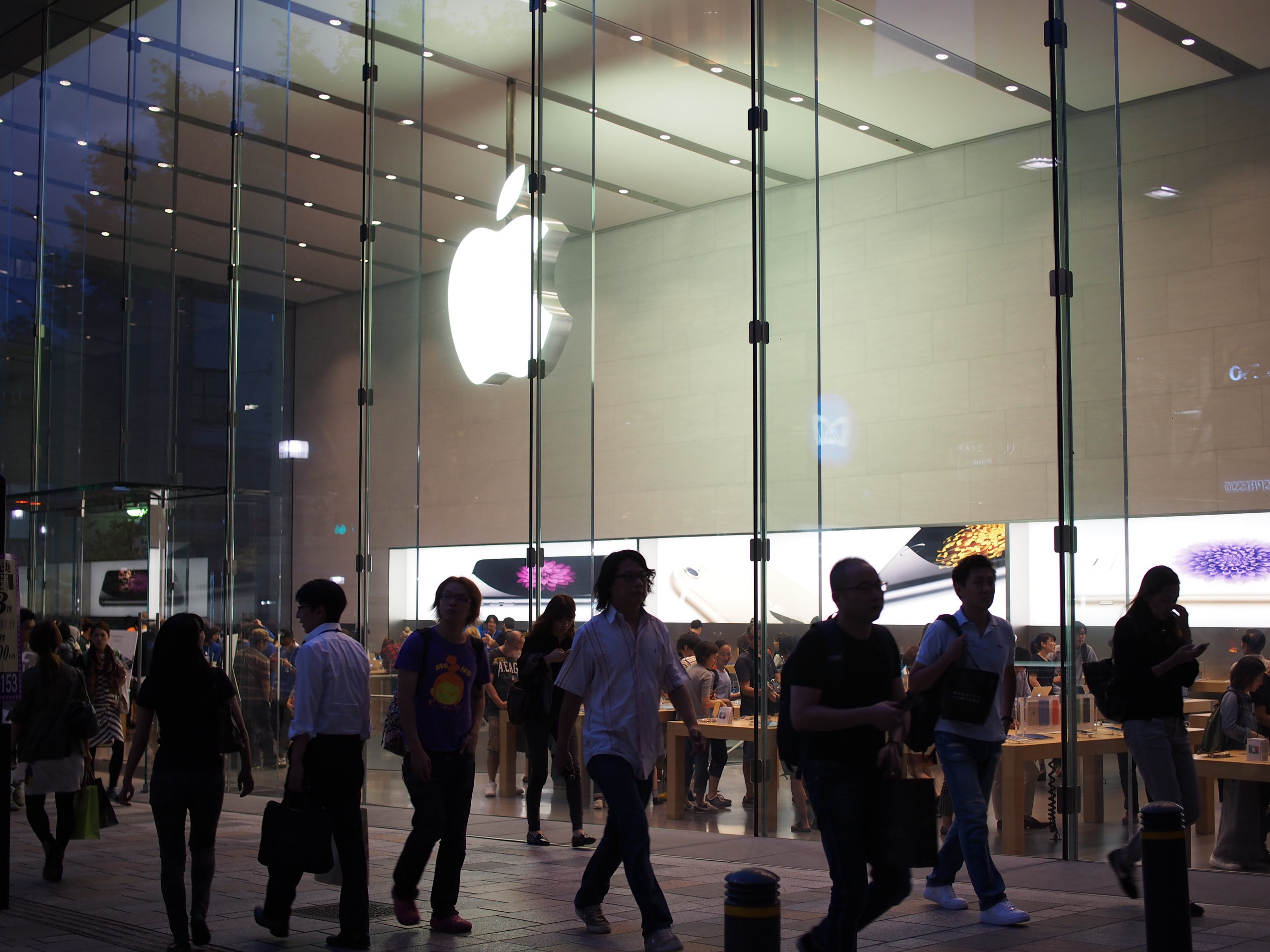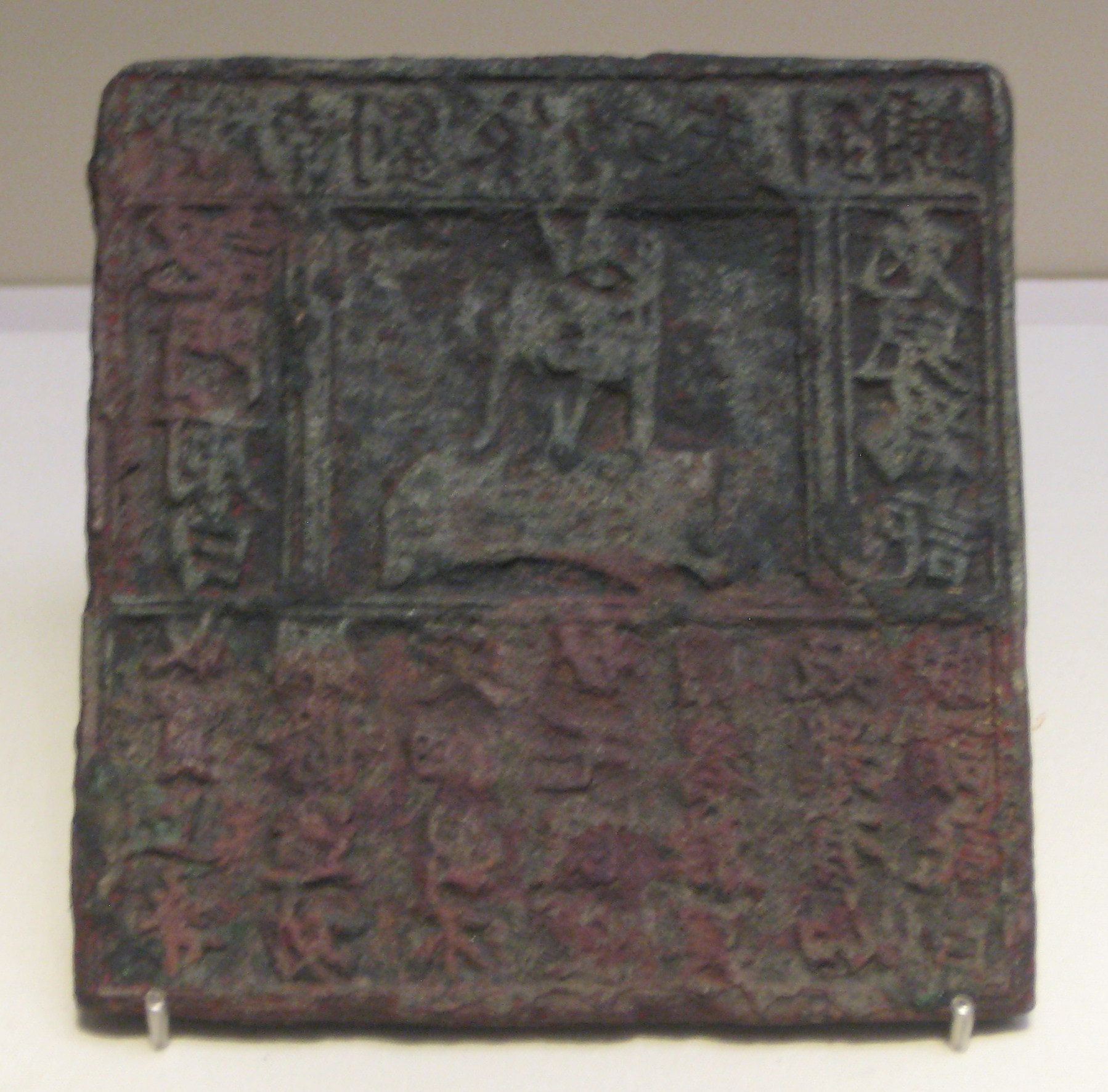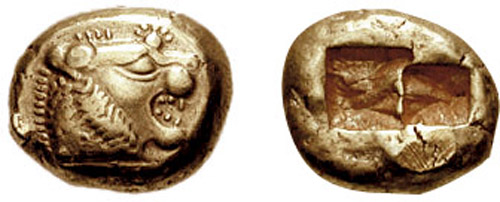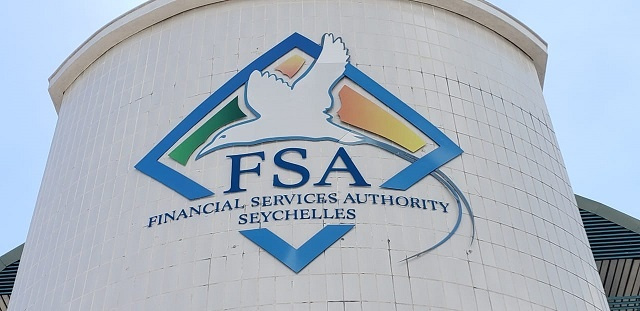|
Brands
A brand is a name, term, design, symbol or any other feature that distinguishes one seller's goods or service from those of other sellers. Brands are used in business, marketing, and advertising for recognition and, importantly, to create and store value as brand equity for the object identified, to the benefit of the brand's customers, its owners and shareholders. Brand names are sometimes distinguished from generic or store brands. The practice of branding—in the original literal sense of marking by burning—is thought to have begun with the ancient Egyptians, who are known to have engaged in livestock branding and branded slaves as early as 2,700 BCE. Branding was used to differentiate one person's cattle from another's by means of a distinctive symbol burned into the animal's skin with a hot branding iron. If a person stole any of the cattle, anyone else who saw the symbol could deduce the actual owner. The term has been extended to mean a strategic personality for a p ... [...More Info...] [...Related Items...] OR: [Wikipedia] [Google] [Baidu] |
Brand Management
In marketing, brand management refers to the process of controlling how a brand is perceived in the market (economics), market. Tangible elements of brand management include the look, price, and packaging of the product itself; intangible elements are the experiences that the target markets share with the brand, and the relationships they have with it. A brand manager oversees all aspects of the consumer's brand association as well as relationships with members of the supply chain. Developing a good relationship with target markets is essential for brand management. Definitions In 2001, Hislop defined branding as "the process of creating a relationship or a connection between a company's product and emotional perception of the customer for the purpose of generating segregation among competition and building loyalty among customers". In 2004 and 2008, Kapferer and Keller respectively defined it as a fulfillment in customer expectations and consistent customer satisfaction.Shamoon, ... [...More Info...] [...Related Items...] OR: [Wikipedia] [Google] [Baidu] |
Store Brand
A private label, also called a private brand or private-label brand, is a brand owned by a company, offered by that company alongside and competing with brands from other businesses. A private-label brand is almost always offered exclusively by the firm that owns it. However, in rare instances, the brand is licensed to another company. The term often describes products, but can also encompass services. The most common definition of a private label product is one that is outsourced: company A makes a product for company B, which company B then offers under their brand name. However, it can also define products made in retailer-owned firms. For example, in 2018, The Kroger Company had 60% of its private brands produced by third parties; the remaining 40% was manufactured internally by plants owned by Kroger. Private-label producers are usually anonymous, sometimes by contract. In other cases, they are allowed to mention their role publicly. Etymology The term ''private label' ... [...More Info...] [...Related Items...] OR: [Wikipedia] [Google] [Baidu] |
Livestock Branding
Livestock branding is a technique for marking livestock so as to identify the owner. Originally, livestock branding only referred to hot branding large stock with a branding iron, though the term now includes alternative techniques. Other forms of livestock identification include freeze branding, inner lip or ear tattoos, earmarking, ear tagging, and radio-frequency identification (RFID), which is tagging with a microchip implant. The semi-permanent paint markings used to identify sheep are called a paint or color brand. In the American West, branding evolved into a complex marking system still in use today. History The act of marking livestock with fire-heated marks to identify ownership has origins in ancient times, with use dating back to the ancient Egyptians around 2,700 BCE. Among the ancient Romans, the symbols used for brands were sometimes chosen as part of a magic spell aimed at protecting animals from harm. In English lexicon, the word "brand", common to most ... [...More Info...] [...Related Items...] OR: [Wikipedia] [Google] [Baidu] |
Brand Awareness
Brand awareness is the extent to which customers are able to recall or recognize a brand under different conditions. Brand awareness is one of the two key components of brand knowledge, as defined by the associative network memory model. It plays a vital role in Consumer Behaviour, consumer behavior, advertising management, and brand management. The consumer's ability to recognize or recall a brand is central to the purchasing process because buying decisions cannot begin unless a consumer is first aware of a product category and a brand within that category. Awareness does not necessarily mean that the consumer must be able to recall a specific brand name, but they must be able to recall enough distinguishing features for a purchase to happen. Creating brand awareness is the main step in advertising a new product or revitalising an old one. Brand awareness consists of two components: brand recall and brand recognition. Several studies have shown that these two components operate i ... [...More Info...] [...Related Items...] OR: [Wikipedia] [Google] [Baidu] |
Advertising
Advertising is the practice and techniques employed to bring attention to a Product (business), product or Service (economics), service. Advertising aims to present a product or service in terms of utility, advantages, and qualities of interest to Consumer, consumers. It is typically used to promote a specific good or service, but there are a wide range of uses, the most common being commercial advertisement. Commercial advertisements often seek to generate increased Consumption (economics), consumption of their products or services through "Branding (promotional), branding", which associates a product name or image with certain qualities in the minds of consumers. On the other hand, ads that intend to elicit an immediate sale are known as Direct marketing, direct-response advertising. Non-commercial entities that advertise more than consumer products or services include Political party, political parties, Interest group, interest groups, Religious organization, religious o ... [...More Info...] [...Related Items...] OR: [Wikipedia] [Google] [Baidu] |
Fish Sauce
Fish sauce is a liquid condiment made from fish or krill that have been coated in salt and fermented for up to two years. It is used as a staple seasoning in East Asian cuisine and Southeast Asian cuisine, particularly Myanmar, Cambodia, Laos, Philippines, Thailand, and Vietnam. Some garum-related fish sauces have been used in the West since the Roman times. Due to its ability to add a savory umami flavor to dishes, it has been embraced globally by chefs and home cooks. The umami flavor in fish sauce is due to its glutamate content. Fish sauce is used as a seasoning during or after cooking, and as a base in dipping sauces. Soy sauce is regarded by some in the West as a vegetarian alternative to fish sauce though they are very different in flavor. History Asia Sauces that included fermented fish parts with other ingredients such as meat and soy bean were recorded in China, 2300 years ago. During the Zhou dynasty of ancient China, fish fermented with soybeans and ... [...More Info...] [...Related Items...] OR: [Wikipedia] [Google] [Baidu] |
Trademark
A trademark (also written trade mark or trade-mark) is a form of intellectual property that consists of a word, phrase, symbol, design, or a combination that identifies a Good (economics and accounting), product or Service (economics), service from a particular source and distinguishes it from others. Trademarks can also extend to non-traditional marks like drawings, symbols, 3D shapes like product designs or packaging, sounds, scents, or specific colours used to create a unique identity. For example, Pepsi® is a registered trademark associated with soft drinks, and the distinctive shape of the Coca-Cola® bottle is a registered trademark protecting Coca-Cola's packaging design. The primary function of a trademark is to identify the source of goods or services and prevent consumers from confusing them with those from other sources. Legal protection for trademarks is typically secured through registration with governmental agencies, such as the United States Patent and Trademark ... [...More Info...] [...Related Items...] OR: [Wikipedia] [Google] [Baidu] |
Brand Loyalty
In marketing and consumer behaviour, brand loyalty describes a consumer's persistent positive feelings towards a familiar brand and their dedication to purchasing the brand's products and/or services repeatedly regardless of deficiencies, a competitor's actions, or changes in the market environment. It's also demonstrated with behaviors such as positive word-of-mouth advocacy. Corporate brand loyalty is where an individual buys products from the same manufacturer repeatedly and without wavering, rather than from other suppliers. In a business-to-business context, the term source loyalty is also used.Wind, Y.Industrial Source Loyalty ''Journal of Marketing Research'', Volume 7, No. 4 (November 1970), pp. 450-457, accessed on 22 January 2025 Loyalty implies dedication and should not be confused with habit, its less-than-emotional engagement and commitment. Businesses whose financial and ethical values (for example, ESG responsibilities) rest in large part on their brand lo ... [...More Info...] [...Related Items...] OR: [Wikipedia] [Google] [Baidu] |
Generic Brand
Generic brands of consumer products (often supermarket goods) are distinguished by the absence of a brand name, instead identified solely by product characteristics and identified by plain, usually black-and-white packaging. Generally they imitate more expensive branded products, competing on price. They are similar to "store brand" or "private label" products sold under a brand particular to the merchant, but typically priced lower and perceived as lower quality. The term ''off brand'' is sometimes used. In the United Kingdom, these products are often referred to as "own brand" items. Characteristics Generics may be manufactured by less prominent companies or manufactured on the same production line as branded products. Generic brand products may be of similar quality as a branded product, and are commonly made from the standard ingredients used for branded products. Without the costs of marketing individual products, generic brands are priced lower than branded products. They ... [...More Info...] [...Related Items...] OR: [Wikipedia] [Google] [Baidu] |
Logo
A logo (abbreviation of logotype; ) is a graphic mark, emblem, or symbol used to aid and promote public identification and recognition. It may be of an abstract or figurative design or include the text of the name that it represents, as in a wordmark. In the days of hot metal typesetting, a logotype was one word cast as a single piece of type (e.g. "The" in ATF Garamond), as opposed to a ligature, which is two or more letters joined, but not forming a word. By extension, the term was also used for a uniquely set and arranged typeface or colophon. At the level of mass communication and in common usage, a company's logo is today often synonymous with its trademark or brand.Wheeler, Alina. ''Designing Brand Identity'' © 2006 John Wiley & Sons, Inc. (page 4) Etymology Douglas Harper's ''Online Etymology Dictionary'' states that the first surviving written record of the term 'logo' dates back to 1937, and that the term was "probably a shortening of logogram". Histo ... [...More Info...] [...Related Items...] OR: [Wikipedia] [Google] [Baidu] |
Financial Services
Financial services are service (economics), economic services tied to finance provided by financial institutions. Financial services encompass a broad range of tertiary sector of the economy, service sector activities, especially as concerns financial management and consumer finance. The finance industry in its most common sense concerns commercial banks that provide market liquidity, derivative (finance), risk instruments, and broker, brokerage for large public company, public companies and multinational corporations at a macroeconomics, macroeconomic scale that impacts domestic politics and foreign relations. The extragovernmental power and scale of the finance industry remains an ongoing controversy in many industrialized Western economies, as seen in the American Occupy Wall Street civil protest movement of 2011. Styles of financial institution include credit union, bank, savings and loan association, trust company, building society, brokerage firm, payment processor, many ty ... [...More Info...] [...Related Items...] OR: [Wikipedia] [Google] [Baidu] |
Product Design
Product design is the process of creating new Product (business), products for businesses to sell to their customers. It involves the generation and development of ideas through a systematic process that leads to the creation of innovative products. Thus, it is a major aspect of new product development. ''Product design process:'' The product design process is a set of strategic and tactical activities, from idea generation to commercialization, used to create a product design. In a systematic approach, product designers conceptualize and evaluate ideas, turning them into tangible inventions and products. The product designer's role is to combine art, science, and technology to create new products that people can use. Their evolving role has been facilitated by Digital data, digital tools that now allow designers to do things that include communicate, visualize, analyze, 3D modeling and actually produce tangible ideas in a way that would have taken greater human resources in the p ... [...More Info...] [...Related Items...] OR: [Wikipedia] [Google] [Baidu] |








